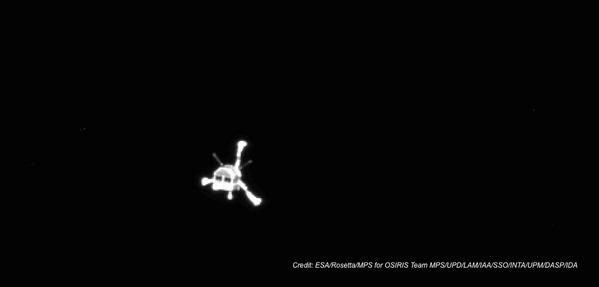Even before Orion’s first flight next month to test its heat shield, engineers are proposing a major change in the shield’s design and manufacture.
The Orion heat shield’s titanium skeleton and carbon fiber skin was fabricated by Lockheed Martin — the craft’s prime contractor — in Colorado. The skeleton was shipped to Textron Defense Systems in Massachusetts for installation of a fiberglass-phenolic honeycomb structure. More than 330,000 individual cells make up the honeycomb, and Textron technicians — using a special dispensing gun — filled the cells by hand with a material called Avcoat. The Avcoat insulation is supposed to ablate away during the Orion spacecraft’s re-entry, protecting the underlying structure from searing temperatures. The Apollo moon capsule used the same type of manually-applied material for its heat shield, and it worked so well Lockheed Martin and NASA decided to dust off the design.
Engineers scaled up the heat shield for the Orion crew capsule, which is about four feet wider at its base than the Apollo command module. “That’s what worked for Apollo, and that’s what we’ll work with for this mission,” Bray said, referring to the EFT-1 launch in December.
But a review of the heat shield on the Orion spacecraft set for launch Dec. 4 revealed the Avcoat was slightly more uneven than expected, according to Jim Bray, crew module director at Lockheed Martin, Orion’s prime contractor.
It also appears that it is too expensive to build the shield by hand, as it was done during Apollo. Instead, they intend to build future heat shields as single blocks assembled not by hand but by machine.
This is another example of why SLS/Orion is an incredible money black hole. What is the point of next month’s test flight of the heat shield if the shield they are testing is not going to be used on future flights?
Meanwhile, the press (apparently ignorant and uninformed about this subject and brainwashed by a NASA Orion press event) is filled with numerous stories claiming that this test flight is NASA’s first step to getting to Mars. What hogwash.
I especially like this quote from the space.com article:
On Dec. 4, NASA officials are expected to launch the Orion spacecraft on its first test flight, putting the capsule through its paces in space before it splashes down in the Pacific Ocean. The goal of the flight is to see how some key Orion systems — like its huge heat shield and parachutes — work before launching humans into deep space sometime in the future. [emphasis mine]
Yet, most of the heat shield test data obtained by this test flight will be worthless and inapplicable to future Orion capsules. In other words, this test flight is, as I said, hogwash, a public relations stunt to sell Orion to Congress and to uneducated reporters. It is also an enormous waste of taxpayer money and the limited resources NASA has.




